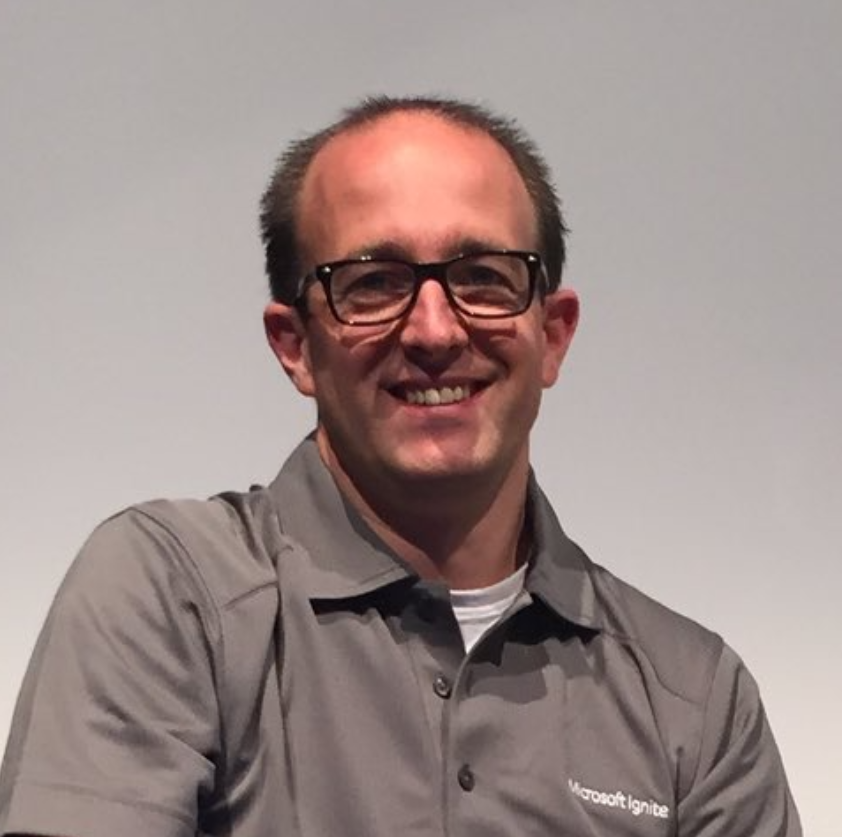Closing Keynote: What’s Happening in Microsoft?
By John Moran
Hi, it’s Aidan Finn from MicroWarehouse here. In this post, I’ll share information about our closing keynote.
If you work with Microsoft technology, then you probably like to keep up with what’s going on. Is there a new version of Windows coming? What is Microsoft doing with Exchange Server? What’s the latest with OneDrive? Have Microsoft got something cool happening with Xbox?
There’s a very good chance that you have read the work of Mary Jo Foley and Paul Thurrott. They are the two top Microsoft watchers and are typically the first reporters of big leaks from the Redmond-based IT giant. They know Microsoft and its players better than anyone. If there’s a Surface launch, they’re invited. If Microsoft is doing something with Windows 10 or Xbox, Paul is in the know – and often gives them feedback from us mere mortals. If there’s a breaking story, their sites are the origins. Mary Jo was one of the few people who was invited to interview Steve Ballmer when he resigned as CEO of Microsoft.
You also might know Mary Jo and Paul from their Windows Weekly podcast which normally goes out live every Wednesday night at around 8PM Irish time? Hmm … Cloud Camp 2018 is being run on a Wednesday …
So, who better to present a closing keynote that ties up all the sessions of the day by explaining what Microsoft are doing today and in the future? This should be a fun session with lots of nuggets that you won’t get in any traditional conference presentation. It’s been pretty fun to see how excited Microsoft Ireland staff have been about Paul and Mary Jo joining us for this event.
I know Paul and Mary Jo, I read their work, and listen to Windows Weekly. I respect what they do and how they do it. The blog is their medium but they are journalists in the best possible ways. Unlike certain mainstream media outlets or come clickbait blogs, Mary Jo and Paul apply journalistic standards to their work. They don’t run with unsubstantiated sources, they try to get quotes from the company they are discussing, they don’t copy/paste out of context stories, and they focus on the facts. Plus, they’re nice people. And they like beer. A lot.
So come on – sign up for Cloud Camp 2018, get access to 4 tracks of sessions presented by 20 expert speakers and wrap up the day with some light-hearted fun and insider information from the top two journalists in the Microsoft world.








